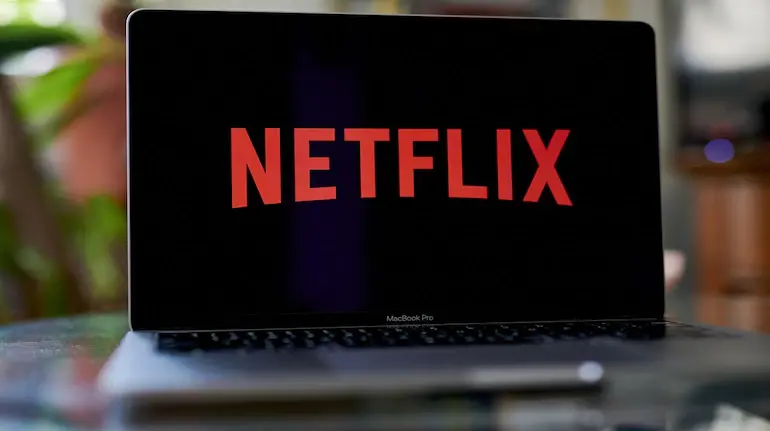ArdorComm News Network
January 18, 2023
Netflix Inc. is anticipated to report its slowest quarterly revenue growth on Thursday as its ad-supported plan struggles to attract customers in the competitive U.S. market, which might put pressure on the firm to reduce content investment this year. The pioneer in streaming has been struggling due to dwindling customer spending, rising production costs, and heightened competition from Disney+ and Amazon Prime.
It had staked its hopes on the introduction of the ad-supported tier, but according to analysts, there hasn’t been a sudden surge in subscriptions. It is anticipated that the company attracted 4.5 million customers in the fourth quarter, which would be the smallest number for the Holiday season since 2014. 8.3 million more subscribers were gained last year. According to analysts, the $6.99 a month ad-supported plan does not include access to all titles and is too expensive to draw in a sizable number of users in the United States and Canada.
There are some challenges in achieving those subscriber targets, according to Jamie Lumley, an analyst at Third Bridge. “Looking at the saturation of the market and the variety of different options available, as well as the fact that the pricing is not necessarily significantly below the competition, there are some challenges in attaining those subscriber targets,” he said.
This is likely to bring attention to Netflix’s robust content investment, which, according to finance head Spencer Neumann, will amount to roughly $17 billion each year for the next few years. According to Shahid Khan, partner and global head of media and entertainment at Arthur D. Little, “when debt was cheap, you could go and borrow a lot of money and invest that in content.”
Netflix will have to be extremely careful about approving content and how they would finance it given current interest rates. Compared with Paramount Global, rival Walt Disney Co anticipates spending on content in the low $30 billion range for the fiscal year 2023. Disney does not separate its content spending across its streaming and other divisions.
Source: Reuters


